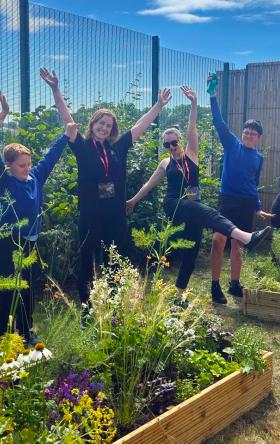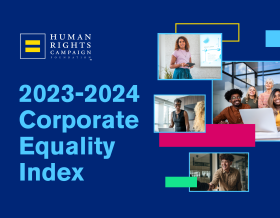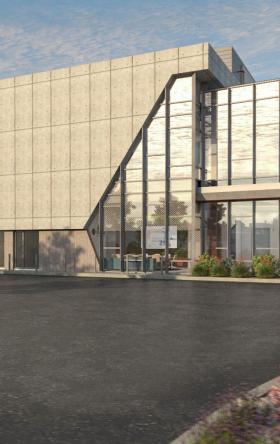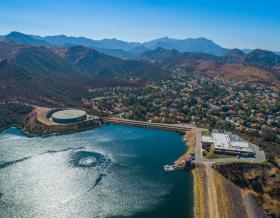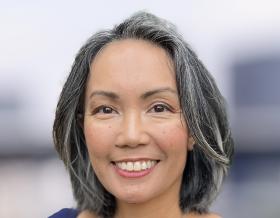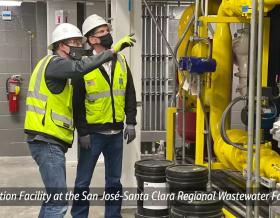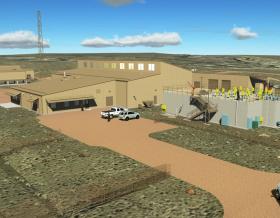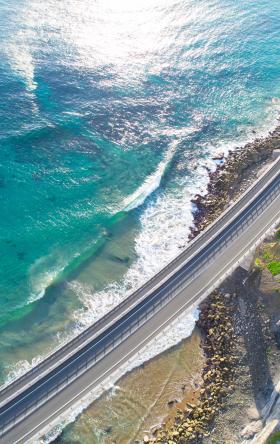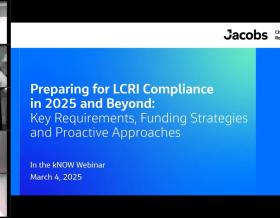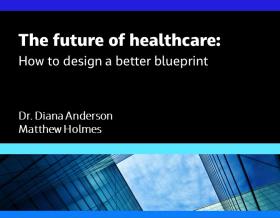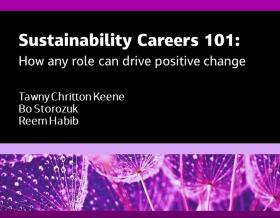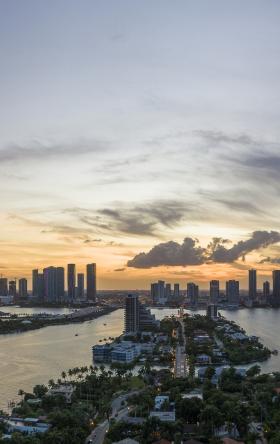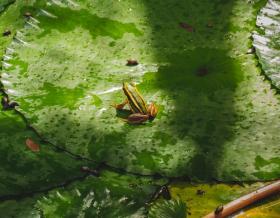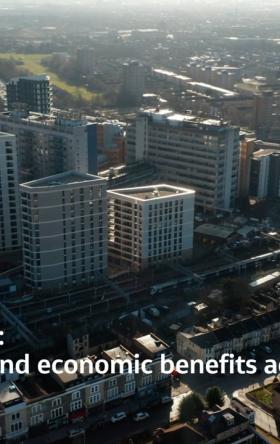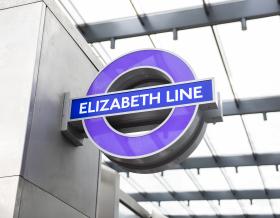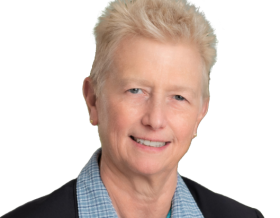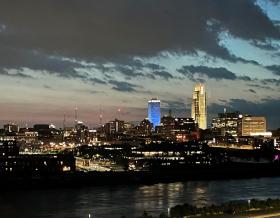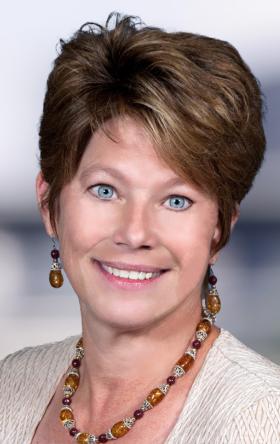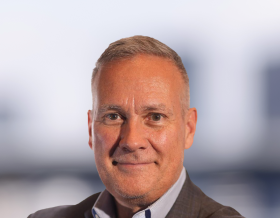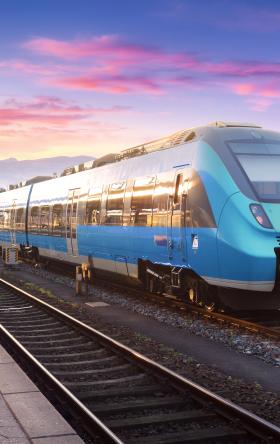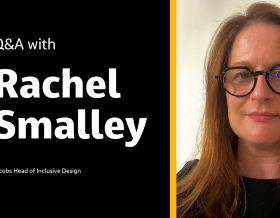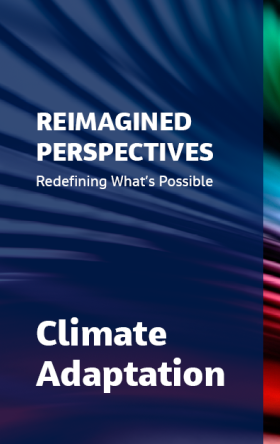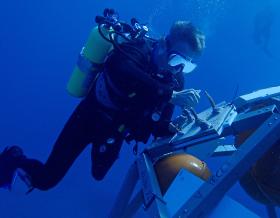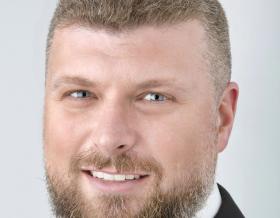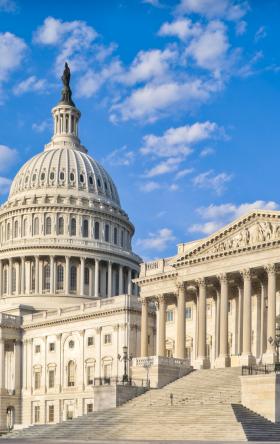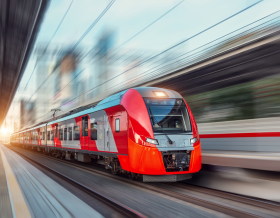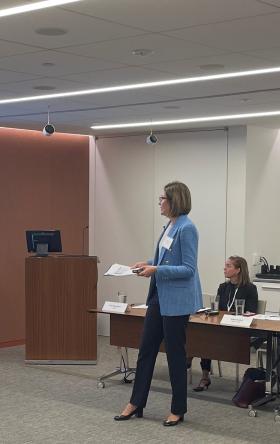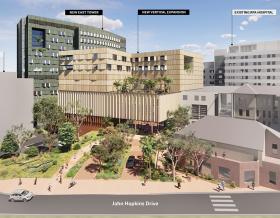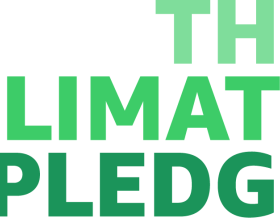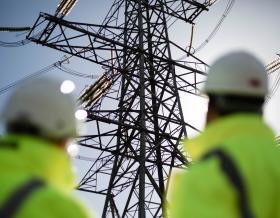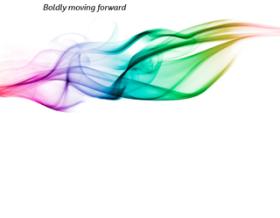Meet Ann-Ariel Vecchio
San Francisco, CA, U.S.
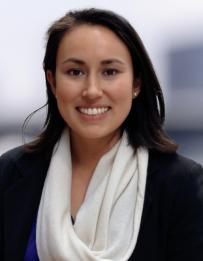
For Senior Resilience and Urban Planning Project Manager Ann-Ariel, integrated planning goes beyond the map.
From a young age, Ann-Ariel's family instilled in her a deep connection to land and community – values she has carried into her 20-year career in urban resilience. Her work blends flood resilience, nature-based solutions and urban design to help cities thrive.
Ann-Ariel brings a unique mix of technical analysis, written and visual communication for policy-making audiences and urban design expertise—skills that are critical for complex projects, like the Port of San Francisco Waterfront Resilience Program.
Prior to joining Jacobs, she served as the sustainability manager for the Delta Conveyance Design and Construction Authority and led integrated planning for the San Francisco Public Utilities Commission’s (SFPUC) Sewer System Improvement Program. There, she coordinated an interagency team to align multiple citywide goals and develop an integrated flood resilience corridor concept that addressed chronic flooding while enhancing a constrained arterial route.
Her portfolio also includes developing San Francisco’s city-wide flood resilience strategy, which featured flood risk assessments, public-facing flood risk tools, proposals for building retrofits and resilient neighborhoods and interagency technical assistance.
Outside of work, Ann-Ariel enjoys backyard barbeque time, hands-on projects and picking the hike of the week.
“I love nerding out looking at maps and diving into the details – but even more, I love figuring out what information means for a real place. If we know a street is likely to flood, how can we design it to look beautiful and safe? Turning that understanding into something people can see and experience is powerful.”
Get to know Ann-Ariel
-
20
years of experience in integrated planning
-
5
number of elementary school camping trips she’s organized (so far!)
-
20 +
national and state parks she’s visited
What’s your favorite part about what you do?
I enjoy the camaraderie of working with people trying to solve complex problems. There’s a certain energy that comes from collaboration. I love nerding out looking at maps and diving into the details – but even more, I love figuring out what information means for a real place. If we know a street is likely to flood, how can we design it to look beautiful and safe? Turning that understanding into something people can see and experience —something community members and decision makers can act on and get excited about—is powerful.
How does integrated planning play a role in large resiliency programs?
I’d actually flip that question: Resilience is how we build great communities and integrated planning is how we get there. I think it's a reflection of how we're getting better and better at solving complex problems in complex places. Solving engineering problems is hard on its own. But layering in community, equity and placemaking—that’s where integrated planning elevates possibilities. It allows us to think holistically about a place, unlock creative solutions and design multi-benefit projects that meet a range of needs, even with limited resources.
What made you passionate about working in this industry?
Growing up in a multicultural family shaped how I see the world. My mom is Japanese from Hawaii, where connecting with nature is part of daily life. My dad is Swiss, and I’ve always appreciated how easily you can move between city and nature there. That blend of urban and environmental connection became a core value. As I studied environmental science and policy, I built skills in spatial analysis and large landscape systems—but what I really love is bringing that down to the street level. That’s why I’m drawn to the intersection of planning, landscape architecture and urban design.
What advice would you give someone looking to get involved in coastal resilience or passionate about climate change response?
Look for unexpected intersections. Find a niche that brings two or more perspectives together. Especially in this age of technological advancement, I think finding your true creativity is key. Being good at a particular skill or knowledgeable about a particular topic is foundational but finding a way to intersect that with something else, to be creative about how it relates to or helps a different industry or a different topic is taking it to the next level.
When you aren’t working, what are we most likely to find you doing?
My family loves to be outside. You’ll probably find us hiking with a picnic, barbecuing in the backyard or recovering from a busy week while planning the next thing. I also like showing my kids how to fix things around the house with power tools—it’s a fun way to spend time together.
What excites you about being part of #OurJacobs?
I'm energized to be part of a team that takes integrated planning and social value seriously—and creatively. There’s such a range of peers here—focused on resilience, planning, nature-based solutions, engineering, construction—and we bring it all together to turn good ideas into reality. Having that kind of support system is what brought me to Jacobs and why I'm excited to be part of this team.
